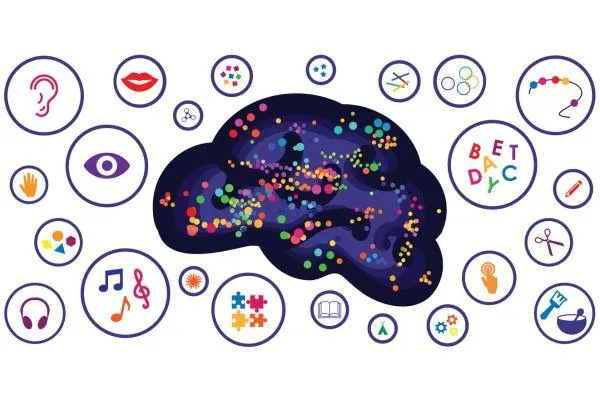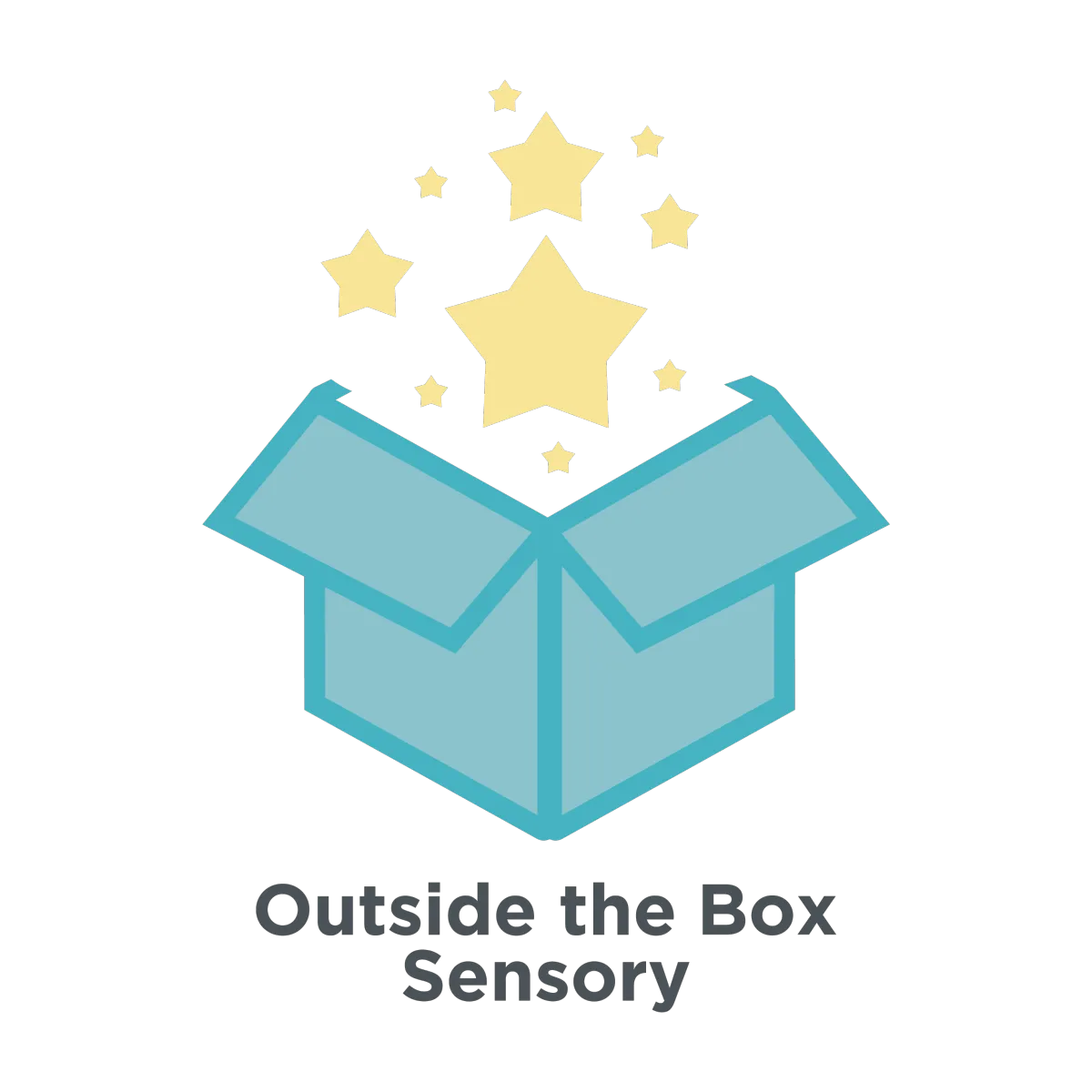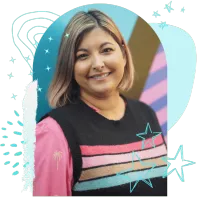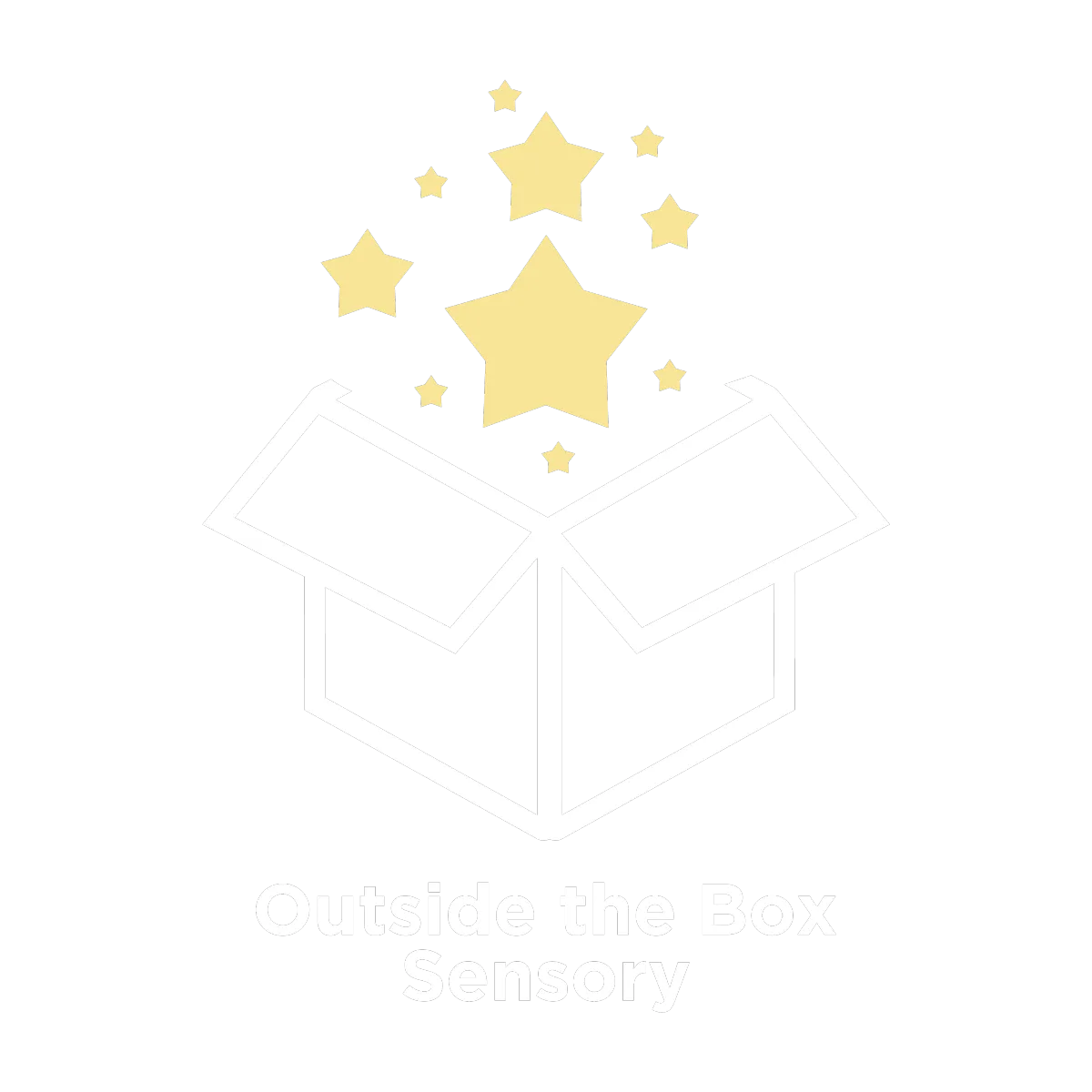Sensory-Friendly Tips for Neurodivergent Families
The Outside the Box Sensory Blog

Neurosensory Divergence in ADHD | Understanding Neurodivergent Languages
*In this piece, I talk about Attention Deficit Hyperactivity Disorder using the acronym ADHD. I wouldn't say I like using the term disorder to describe differences in the way people think and learn. However, I use the term ADHD here to help with readability.
In my book, I talk about autistic languages; here, I want to introduce the broader idea of neurodivergent languages (and this includes ADHD languages). This idea of neurodivergent languages suggests that taking in and memorising auditory speech alone is not always optimal for neurodivergent people. Therefore, they have to access different ways of learning from their environment.
In autistic people, their brains have been noted to have hubs of focused activity. Larger hubs of activity may be associated with something called monotropism, where people focus on one type of sensory input, such as tuning into their visual sense. During this type of mono-processing, people can get lost in focus tunnels, where they seem to almost zone into specific sensory input. Temple Grandin, an autistic scientist, has discussed how she often focuses on detailed visual patterns and thinks in pictures, which is represented in her brain as more brain activity in her visual cortex.
With ADHDers, we often use multiple sensory inputs to A) make sense of the world and B) fully focus. I describe this as having a hyper-polytropic brain. ADHD people are accessing lots of sensory input at once. ADHD brains might present with lots of smaller brain hubs with connectivity spread between brain areas. Messages essentially fly around our brains a little bit like a pinball machine. This makes for a very busy brain; we can feel pulled in different directions simultaneously. To avoid this attention-pulling scenario, we often need to engage multiple senses at once; for example, we may need to knit while watching TV or listen to music while writing, and this will be different for each ADHD person. As we mature, some of our brain hubs will build into larger hubs, and we might also start to hyper-focus. We tend to be social, creative and innovative pattern-spotters and so many ADHD people end up hyper-focusing in these areas.
So why do neurodivergent languages and differences in accessing sensory information come about? Autistic and ADHD individuals often have distinct ways of accessing speech. Autistic children may experience difficulties accessing speech due to heightened auditory sensitivity, a phenomenon explained in my book as sensory abundance. In their environment, everything can be louder, posing challenges in consistently accessing voices. On the other hand, ADHD children may encounter challenges hearing due to auditory deprivation (where they find voices harder to tune into).
ADHD people can experience challenges sustaining attention when solely focused on one sensory input (such as speech). This often prompts ADHD people to use other sensory inputs (alongside speech) to comprehend the world. I myself have been identified as having ADHD within my profile, and I can provide an example of how the need for multisensory input can impact ADHD people. I hadn't fully realised how much I relied on lip reading to enhance my understanding of speech until the onset of the COVID-19 pandemic. When people started wearing masks, and I could no longer see their lips, it became evident how much I depend on non-verbal cues to make sense of the world.
When neurodivergent children process the world through multiple sensory inputs, their brain connections will diverge from conventional norms. Their skills and their executive functioning (their ability to plan and organise their thoughts and actions) then develop in alignment with their unique neurodivergent language. For instance, an ADHD child focused on visual stimuli may excel in planning, self-control, and working memory during art projects. At the same time, another may demonstrate these skills in creative writing. Still, both might encounter challenges in memorising and acting solely on speech-based instructions – as they need to marry both visual and verbal speech to embed and memorise.
Although some ADHD children may be tuned into the visual and become great artists, I was different; I was more tuned into the social and emotional patterns around me. As a child, I was very imaginative and loved making up stories and engaging in make-believe play with my few friends. Due to my need for multisensory input, I was always very engaged with the world around me. I lived fully in the moment, emotionally experiencing the world and living through the highs and lows that come with having this type of profile.
I am an emotional/experience-based learner, a brain type that may not be widely recognised yet. Understanding this type of brain and learning profile is crucial because navigating a world designed around conventional learning methods proves challenging for people like me. Traditional schooling emphasises memorising and relaying spoken, visual, written, or numerical information, but my memorisation process involves experiencing and emotionally connecting with the subject to integrate it into my neurodivergent language. Although visuals help me, I learn through experience.
My ADHD profile will be different to someone who thinks and memorises predominantly in visuals, but we will both likely experience similar issues in conventional settings. In a conventional classroom or workplace, our brains are pinging messages about trying to make sense of the world in our language. This means that our busy brains make for fizzy bodies, which we can process with movement; alternatively, this fizzy energy can be stored up, and this can manifest as anxiety. Our inability to ‘fit in’ with conventional communication and learning expectations leaves us vulnerable to negative messaging from those around us.
Many ADHD people do not memorise visually, so when we put things away, they cease to exist in our memory. Having things out in our line of vision can be helpful, but this is often frowned upon as messiness. We face challenges in retaining spoken words in our mind and so in conversations we often feel we need to get all the thoughts in our head out at once (often called info. dumping) again this is not an expected way of communicating and can come across as rude when typical communication is reciprocal. ADHD people can be shamed for forgetting faces and names, for being late, for not reaching their potential – the list goes on. It is not that we fail to memorise anything, but rather, our memory builds around our specific pattern-spotting abilities. Still, the negative feedback that ADHD children and adults receive can trigger negative self-talk. This can also make ADHDers hypervigilant to judgment from others as they try to mould themselves to fit conventional expectations.
Moving forward, it is imperative that we change the negative narrative around divergent ways of being. Accessing the sensory world in a divergent way does not make autistic or ADHD children broken. It simply means we need to be taught in our neurodivergent languages and learning styles.
* Neurosensory divergent learning styles, communication, empathy and emotions are all discussed further in my book out on the 14th of December, 2023.
Join my mailing list!
Get emails with news, tips, and special offers straight to your inbox.
FREE DOWNLOAD
Living a balanced sensory life starts here!
© 2024 Outside The Box Sensory | All Rights Reserved




